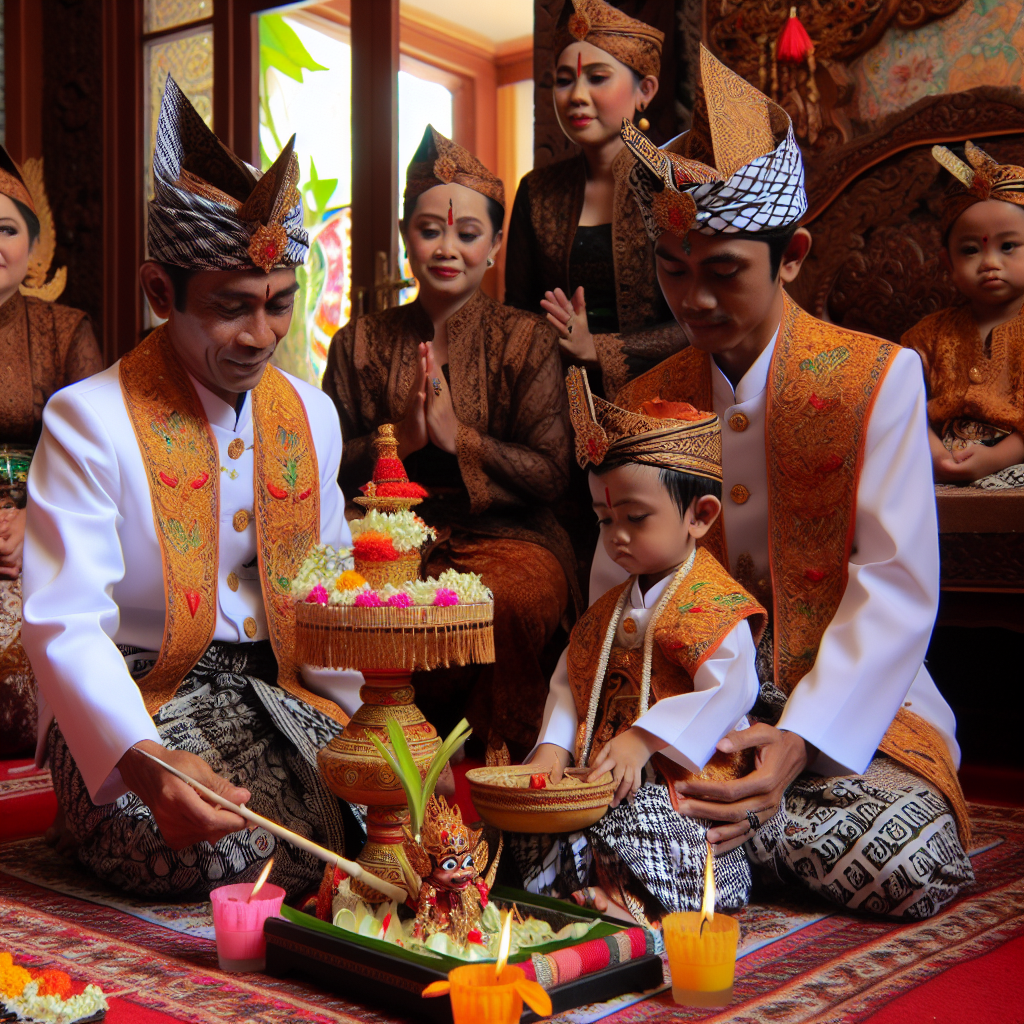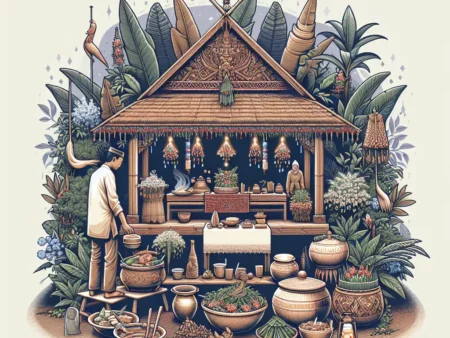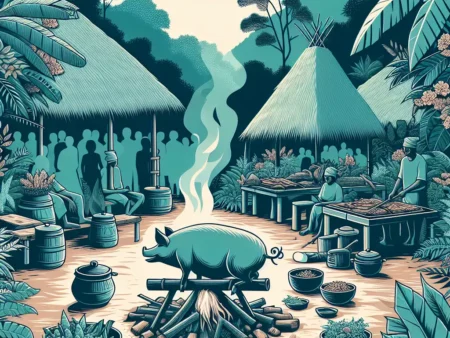Upacara Adat Tedak Siten: Langkah Pertama Anak dalam Kebudayaan Jawa. Mencerminkan pentingnya tradisi dan warisan budaya dalam masyarakat Jawa.
Upacara Adat Tedak Siten: Langkah Pertama Anak dalam Kebudayaan Jawa
-
Table of Contents
Introduction

Indonesia is a country rich in cultural diversity, with each region having its own unique traditions and customs. One such tradition is the Upacara Adat Tedak Siten, a significant ceremony in Javanese culture that marks the first step of a child’s journey into the Javanese cultural heritage. This article will explore the intricacies of this ceremony, its cultural significance, and the steps involved in its execution.
The Significance of Upacara Adat Tedak Siten
Preserving Javanese Cultural Heritage
The Upacara Adat Tedak Siten is a vital event in Javanese culture as it serves to preserve and pass down the rich cultural heritage from one generation to another. It is a way of ensuring that the Javanese traditions, values, and customs are not lost over time. This ceremony plays a crucial role in instilling a sense of identity and belonging in Javanese children, helping them understand and appreciate their cultural roots.
Symbolism and Spiritual Beliefs
The ceremony is deeply rooted in Javanese spiritual beliefs and symbolism. It is believed that a child’s soul is not fully connected to their physical body until they have undergone the Tedak Siten ceremony. The ceremony is performed to cleanse the child’s soul and protect them from negative influences. It is also seen as a way to seek blessings from ancestors and the divine for the child’s well-being and future.
The Process of Upacara Adat Tedak Siten
Preparation
The preparation for the Upacara Adat Tedak Siten begins months in advance. The parents consult with a traditional Javanese spiritual leader or a dukun to determine an auspicious date for the ceremony. They also gather the necessary items for the ceremony, such as traditional Javanese clothing, offerings, and symbolic objects.
Opening Rituals
The ceremony typically starts early in the morning with the parents and close family members gathering at the designated location. The spiritual leader leads the opening rituals, which include prayers, incense offerings, and the recitation of mantras. These rituals are performed to invoke the blessings of the ancestors and the divine.
Bathing Ritual
One of the central elements of the Upacara Adat Tedak Siten is the bathing ritual. The child is bathed in a traditional Javanese bath called “bedhak” using water infused with various herbs and flowers. This ritual symbolizes the cleansing of the child’s soul and the removal of impurities. It is believed to purify the child and prepare them for their journey into the Javanese cultural heritage.
Symbolic Offerings
After the bathing ritual, the child is dressed in traditional Javanese attire. The parents then present symbolic offerings to the child, such as rice, fruits, flowers, and other items that represent prosperity, wisdom, and good fortune. These offerings are meant to bless the child and symbolize the parents’ wishes for their child’s future.
Blessings and Prayers
The spiritual leader conducts blessings and prayers for the child’s well-being and future. The parents, along with other family members, participate in these prayers, expressing their hopes and wishes for the child. The prayers are accompanied by traditional Javanese music and chants, creating a serene and spiritual atmosphere.
Conclusion and Celebration
Once the ceremony is complete, the child is considered to have taken their first step into the Javanese cultural heritage. The family and guests then gather for a celebratory feast, where traditional Javanese dishes are served. This is a time for the family to come together, celebrate the child’s milestone, and reinforce the importance of Javanese culture and traditions.
Conclusion
The Upacara Adat Tedak Siten is a significant ceremony in Javanese culture, marking the first step of a child’s journey into the Javanese cultural heritage. It serves to preserve and pass down the rich cultural traditions, values, and customs from one generation to another. The ceremony is deeply rooted in Javanese spiritual beliefs and symbolism, seeking blessings from ancestors and the divine for the child’s well-being and future. Through its various rituals and symbolic gestures, the ceremony instills a sense of identity and belonging in Javanese children, helping them understand and appreciate their cultural roots. The Upacara Adat Tedak Siten is not just a ceremony; it is a celebration of Javanese culture and a testament to the importance of cultural heritage in Indonesia.







